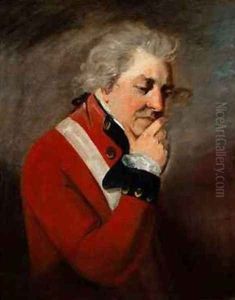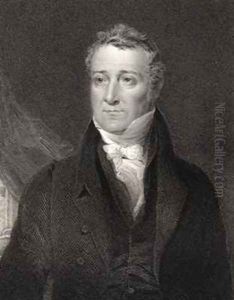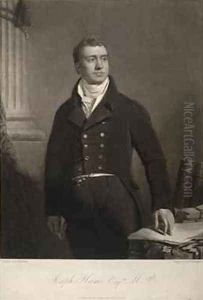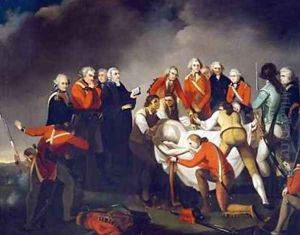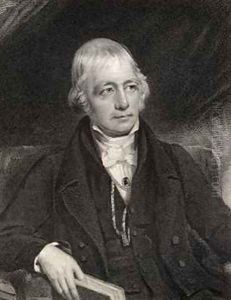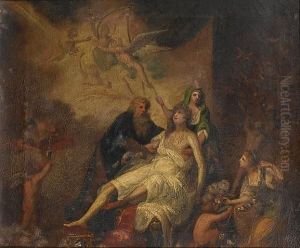Graham, John Paintings
John Graham, born Ivan Dombrowski in Kyiv, Ukraine in 1886, was a pivotal figure in the early 20th century American art scene, whose work and teachings would influence a generation of artists including Jackson Pollock and Willem de Kooning. Graham emigrated to the United States in the early 1920s, changing his name and embarking on a career that would see him navigate through various styles and philosophies of art, from Cubism to Surrealism, and eventually towards Abstract Expressionism.
Graham's early work was heavily influenced by his European roots, incorporating elements of the Renaissance and Classicism with the modernist trends of his time. His painting style evolved from figurative and landscape compositions to more abstract and symbolic works, reflecting his deep interest in spirituality, mysticism, and the unconscious mind. Graham was also a prolific writer and intellectual, publishing influential essays and a book, 'System and Dialectics of Art' in 1937, which argued for a synthesis of classical and contemporary art forms and had a profound impact on the development of American modern art.
In addition to his artistic and intellectual pursuits, Graham was a mentor to many young American artists in the 1930s and 1940s. He introduced them to European avant-garde ideas and stressed the importance of finding a personal, expressive language of form. His influence can be seen in the shift towards abstraction and the exploration of the subconscious that characterized American art in the mid-20th century.
Despite his significant impact on American modernism, Graham's work was somewhat overshadowed by that of his protégés during his lifetime. However, his paintings and writings have since been recognized for their crucial role in the development of key movements and trends in 20th-century art. John Graham died in London, England, in 1961, leaving behind a complex legacy as an artist, theorist, and mentor who bridged European and American modernist traditions.
